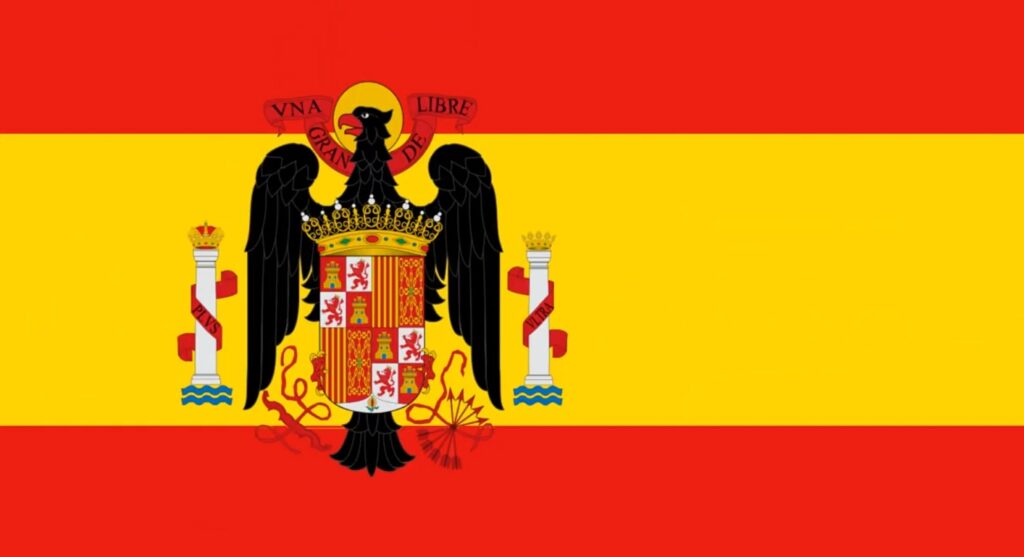Introduction: Spain’s Economic Renaissance

Spain, the world’s 12th-largest economy by nominal GDP, has undergone a remarkable transformation in recent years. From the depths of the 2008 financial crisis and the COVID-19 pandemic, the Iberian nation has emerged as one of Europe’s fastest-growing economies. With real GDP growth of 3.2% in 2024, Spain continues to outperform eurozone peers, driven by a mix of strong domestic demand, booming exports, dynamic labor markets, and structural reforms.
This article offers a detailed and human-centric analysis of Spain’s economy—its strengths, key industries, current performance, and future prospects.
Economic Overview: From Crisis to Comeback
A Brief Look Back
During the Great Recession, Spain’s economy contracted nearly 9% between 2009–2013, with unemployment peaking at over 25%. However, a successful restructuring of the banking sector, backed by €41 billion from the European Stability Mechanism, laid the foundation for recovery.
By 2015, GDP grew by 3.2%, and Spain posted a trade surplus for the first time in three decades. Structural reforms, labor market adjustments, and investment-friendly policies helped reorient the economy toward sustainability.

Spain’s Macroeconomic Strengths in 2024
1. Robust GDP Growth
- 2023 GDP Growth: 2.5%
- 2024 GDP Growth: 3.2% (preliminary)
- Projected 2025 Growth: 2.3% (EU Commission)
Spain outpaced major European economies, with GDP growth five times the eurozone average and ahead of the U.S. This growth is attributed to strong consumer spending, tourism recovery, and booming exports.
2. Lower Deficits and Public Debt
- 2024 Deficit: 3.0% of GDP (down from 3.5% in 2023)
- 2024 Debt-to-GDP Ratio: 102.3% (down from 105.1%)
- Expected 2026 Ratio: ~101.1%
Spain’s improved fiscal position is a result of phased-out energy subsidies, increased tax revenues, and strong nominal GDP growth.
3. Declining Inflation
- 2024 Inflation (HICP): 2.8%
- Projected 2025: 2.2%
- 2026 Outlook: 2.0%
Energy and food prices have stabilized, and core inflation is gradually easing, supporting real wage growth and household consumption.
Key Economic Sectors: Diversification Driving Growth
1. Agriculture: A Global Leader in Olive Oil and Wine
- Contributes 2.5% of GDP
- Spain is the world’s largest producer of olive oil and third-largest wine producer
- 2024 agricultural income: €37.76 billion (+14.2% YoY)
- Organic cultivation covers 12.5% of arable land
2. Industry: Automotive and Energy Innovation
- Industrial Sector: 20% of GDP
- Automotive: 2nd largest car producer in Europe
- Export share: Over 60% of production
- Growth sectors: Electronics outsourcing, IT, and renewable energy
3. Services: Tourism and Financial Powerhouse
- Services share: 68.7% of GDP
- Tourism: Contributes 12.3% of GDP, €184 billion turnover
- Employment: 76% of total workforce
- Banking system: 10 major banking groups supervised by the ECB
Foreign Trade: Exports & Imports Shaping the Economy
Top Exports
- Vehicles and Auto Parts: 10% of GDP, 2.8 million cars exported globally
- Refined Petroleum Products
- Pharmaceuticals: $9 billion in exports (2018)
- Olive Oil: Over €2 billion in annual exports
Top Imports
- Crude Oil: ~$23 billion annually
- Steel: ~11 million metric tons in 2018
- Clothing/Textiles: 6th-largest textile importer globally
Main Trading Partners
- Exports: France (15.3%), Germany, Italy, United States
- Imports: China, Nigeria, Saudi Arabia, Portugal
Spain’s exports-to-GDP ratio increased from 26% in 2013 to 38% in 2024, highlighting a strong external sector.
Why Is Spain Growing Faster Than Its Peers?
1. Strong Household Finances
- Household debt: 45% of GDP (Euro area average: 52%)
- Savings rate: 13.4% (vs historical 8.6%)
- Net financial wealth: 232% of gross disposable income
2. Immigration and Labor Market Growth
- Population growth: 1% annually, driven by Latin American and African immigration
- 90% of new jobs filled by foreign-born workers
- Lowest unemployment since 2007
3. Renewable Energy Transformation
- 50% of electricity from renewables (2023)
- 13 percentage points increase since 2019
- Reduced energy dependence boosts competitiveness in manufacturing
4. Effective Use of EU Funds
- EU Recovery and Resilience Plan (RRP) boosted public investment
- Infrastructure, green transition, and digital economy supported through NGEU funds
Challenges & Structural Weaknesses

Despite Spain’s achievements, certain structural issues remain:
- Low productivity growth in some sectors
- Overreliance on tourism, leading to housing crises in urban centers
- Wage stagnation for some groups despite GDP growth
- Disparities in immigration outcomes, with some groups facing labor exploitation or housing shortages
Future Outlook: What’s Ahead for 2025 and Beyond
- 2025 Forecast: 2.3% GDP growth (EU)
- 2026 Forecast: 2.1% GDP growth
- Inflation: Gradual decline to 2.0% by 2026
- Deficit: 2.6% of GDP (2025)
- Debt: Trend continues downward with improved revenue
Spain’s economic trajectory appears sustainable, with growth underpinned by investment, innovation, and a diversified export base. A potential downturn in global demand or renewed energy shocks are key risks—but Spain currently appears well-positioned to withstand them.
Conclusion: Spain’s Economic Model Offers Hope and Lessons
Spain’s economy in 2024 exemplifies what resilience, openness, and smart policy can achieve. From agricultural dominance to renewable energy leadership and a thriving tourism sector, Spain’s multi-pronged growth strategy is paying off. Immigration, often politically controversial, is a clear economic asset—rejuvenating the labor market and boosting consumption.
As the fastest-growing advanced economy in 2024, Spain stands out as a model for balancing tradition with modernity and growth with sustainability. For investors, policymakers, and observers alike, the Spanish economy deserves close attention in the years ahead.